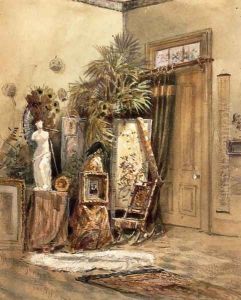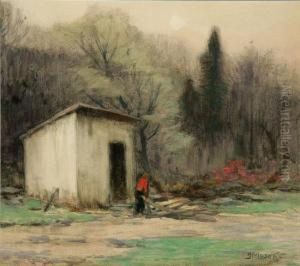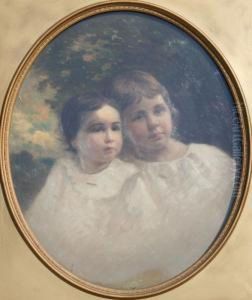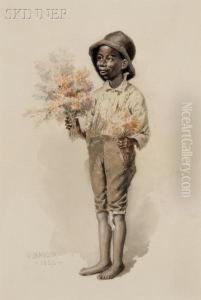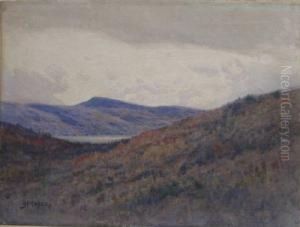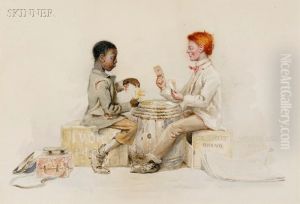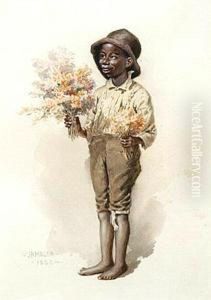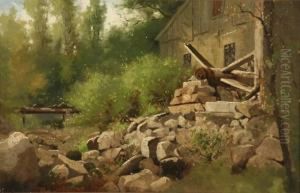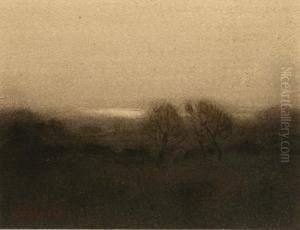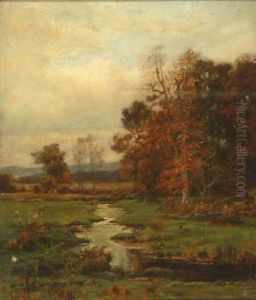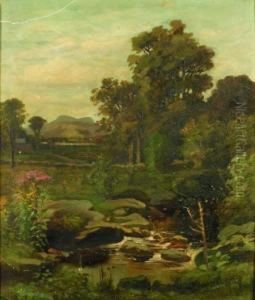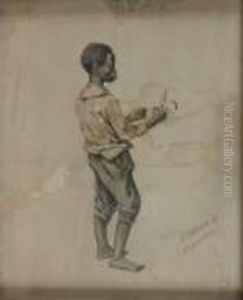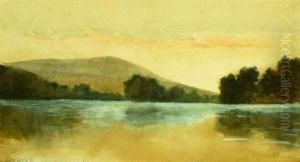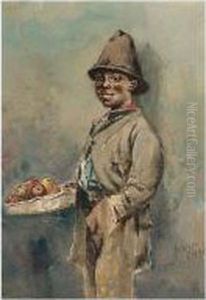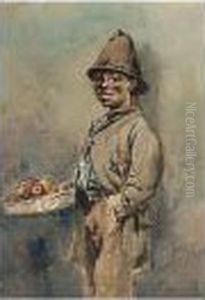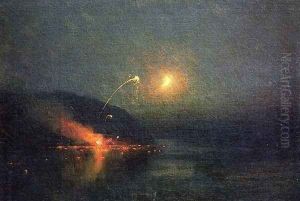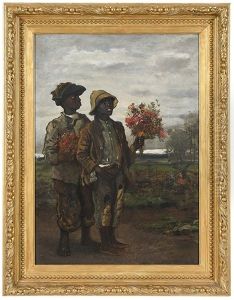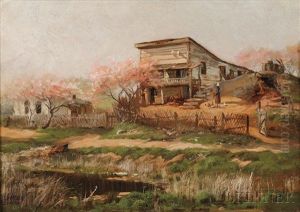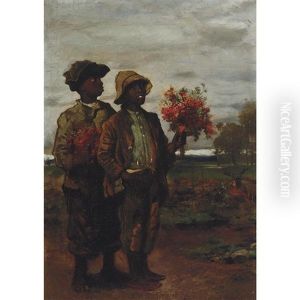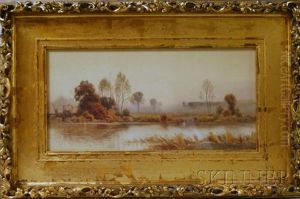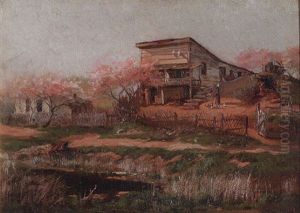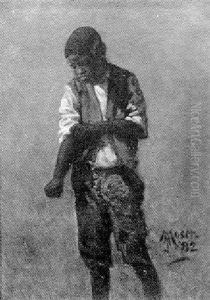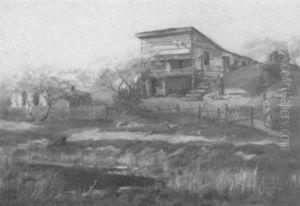James Henry Moser Paintings
James Henry Moser was an American painter renowned for his landscape and marine paintings, capturing the essence of the American East Coast and particularly the Washington, D.C. area. Born in Whitby, Ontario, Canada, in 1854, Moser's family moved to the United States during his childhood, settling in the Washington, D.C. area. From a young age, Moser demonstrated a keen interest in art, which led him to pursue formal training.
Moser's educational journey in art began at the Corcoran School of Art in Washington, D.C., where he honed his skills and developed a deep understanding of various painting techniques. His quest for knowledge didn't stop there; he furthered his education in Europe, studying under notable artists in both Germany and Italy. This European education played a significant role in shaping his artistic style, blending traditional American landscape themes with European impressionistic influences.
Returning to the United States, Moser became an influential figure in the Washington art scene. He was a founding member of the Washington Watercolor Club and the Society of Washington Artists, organizations that played pivotal roles in promoting the arts in the capital city during the late 19th and early 20th centuries. Moser's contributions to the art community in Washington, D.C., extended beyond his painting. He was also a respected art critic and teacher, sharing his knowledge and insights with a new generation of artists.
Throughout his career, Moser exhibited his work at various prestigious venues, including the Paris Salon, the Pennsylvania Academy of the Fine Arts, and the Corcoran Gallery of Art. His paintings are characterized by their vibrant use of color and light, often depicting serene landscapes and seascapes that evoke a sense of tranquility and beauty. Today, Moser's works are held in numerous private collections and museums, testament to his enduring legacy as a prominent figure in American art.
James Henry Moser passed away in 1913, but his influence on the American art scene, particularly in the realm of watercolor and landscape painting, continues to be celebrated. His artistic journey, marked by a blend of American tradition and European innovation, reflects the dynamic nature of art evolution at the turn of the century.
